Project
Struggles Between People Online

Net Neutrality
Net neutrality is the idea that internet service providers like Comcast and Verizon should treat all content flowing through their cables and cell towers equally. This means they shouldn't be able to slide some data into “fast lanes” while blocking or discriminating against other material. In other words, these companies shouldn't be able to block you from accessing a service like Skype, or slow down Netflix or Hulu, in order to encourage you to keep your cable package or buy a different video-streaming service. The big fear is making the internet unattainale for certain people or discouraging businesses from starting. Without the internet much of where your knowledge and inspiration comes from would be stuck behind a paywall, and nobody wants that.
Net neutrality advocates have long argued that keeping the internet an open playing field is crucial for innovation. If broadband providers pick favorites online, new companies and technologies could never have the chance to grow. For example, had internet providers blocked or severely limited video streaming in the mid-2000s, we might not have Netflix or YouTube today. Other people highlight the importance of net neutrality to free expression: a few large telecommunications companies dominate the broadband market. This puts an enormous amount of power into their hands to suppress particular views or limit online speech to those who can pay the most.
Most large broadband providers promised not to block or throttle content ahead of an FCC ruling. However, all four major mobile carriers began slowing down at least some video content before the FCC had fully repealed the rules. Net neutrality advocates worry things could get worse. A broadband provider might, for example, allow some companies to pay for priority treatment on broadband networks. The fear is that over time companies or organizations that can't afford priority treatment or aren't offered access to it, will go out of business.
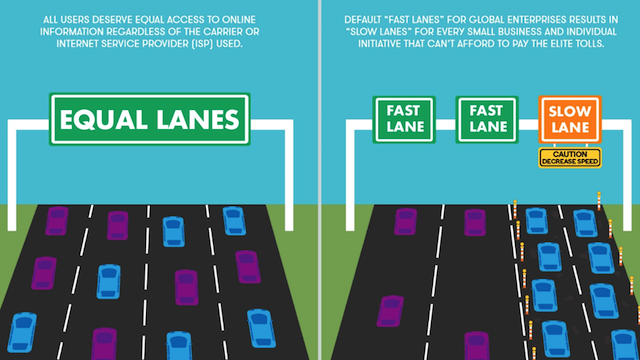
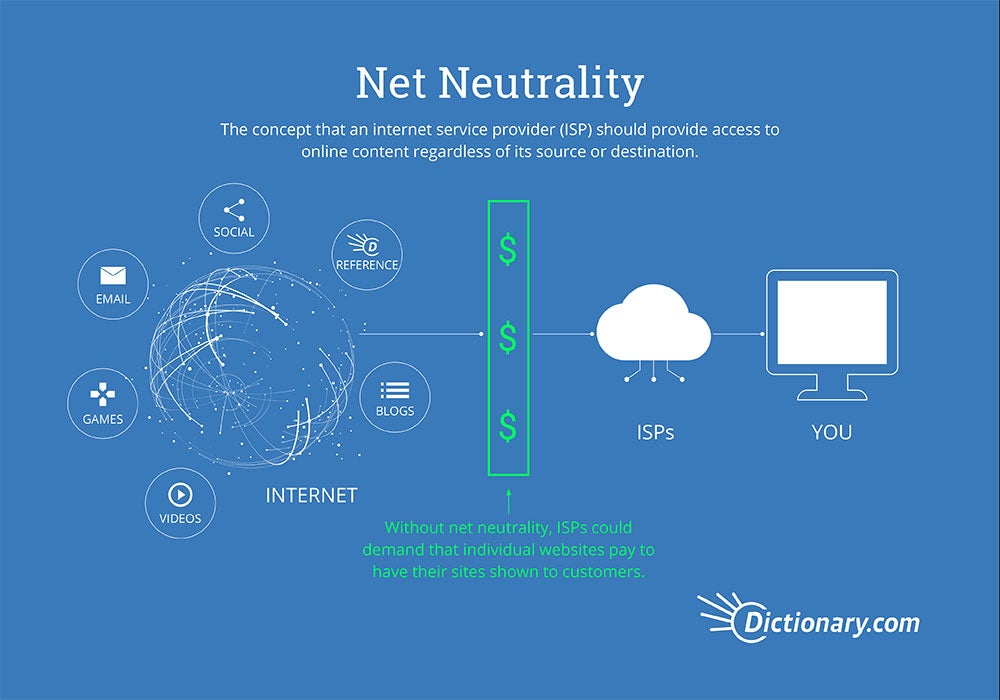
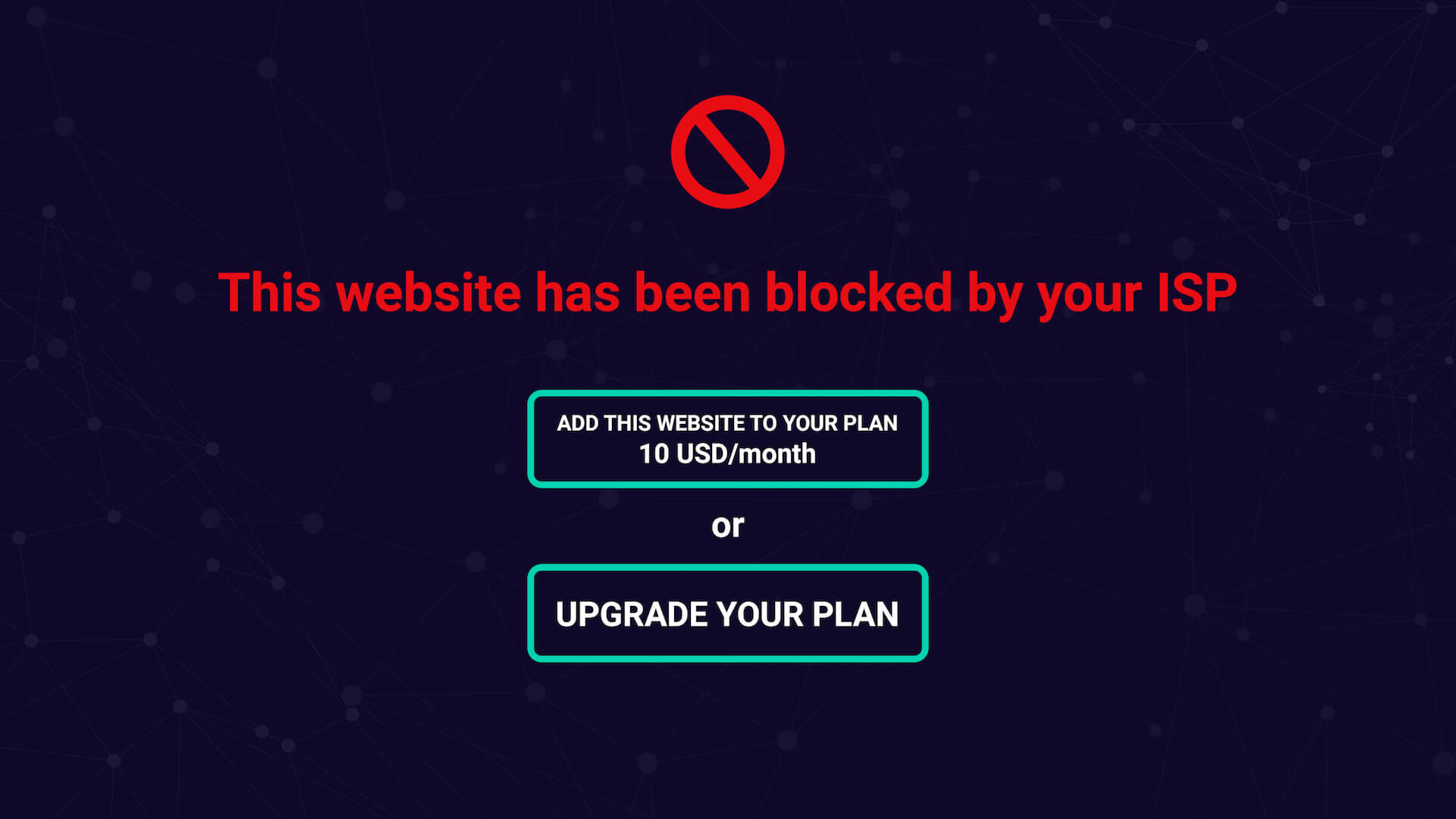
Internet Censorship
Through 2010 the OpenNet Initiative had documented Internet filtering by governments in over forty countries worldwide. The level of filtering was classified in 26 countries in 2007 and in 25 countries in 2009. Of the 41 separate countries classified in these two years, seven were found to show no evidence of filtering (Egypt, France, Germany, India, the United Kingdom, and the United States), while one was found to engage in pervasive filtering in all areas (China), 13 were found to engage in pervasive filtering in one or more areas, and 34 were found to engage in some level of filtering in one or more areas. Of the 10 countries classified in both 2007 and 2009, one reduced its level of filtering (Pakistan), five increased their level of filtering (Azerbaijan, Belarus, Kazakhstan, South Korea, and Uzbekistan), and four maintained the same level of filtering (China, Iran, Myanmar, and Tajikistan).
In 2006, Reporters without Borders (Reporters sans frontières, RSF), a Paris-based international non-governmental organization that advocates freedom of the press, started publishing a list of "Enemies of the Internet".[18] The organization classifies a country as an enemy of the internet because "all of these countries mark themselves out not just for their capacity to censor news and information online but also for their almost systematic repression of Internet users." In 2007 a second list of countries "Under Surveillance" (originally "Under Watch") was added. Some of the countries on the enemies of the internet list are North Korea, China, and Russia. Some countries on the under surveillance list are Turkey, South Korea, and Norway.
Country Reports on Human Rights Practices is an annual series of reports on human rights conditions in countries throughout the world. Among other topics the reports include information on freedom of speech and the press including Internet freedom. They report the freedom of assembly and association; and arbitrary interference with privacy, family, home, or correspondence. The reports are prepared by the Bureau of Democracy, Human Rights, and Labor within the United States Department of State. The reports cover internationally recognized individual, civil, political, and worker rights, as set forth in the Universal Declaration of Human Rights. The first report was issued in 1977 covering the year 1976.
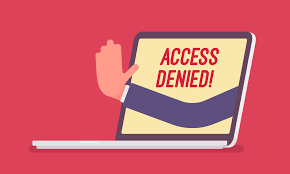
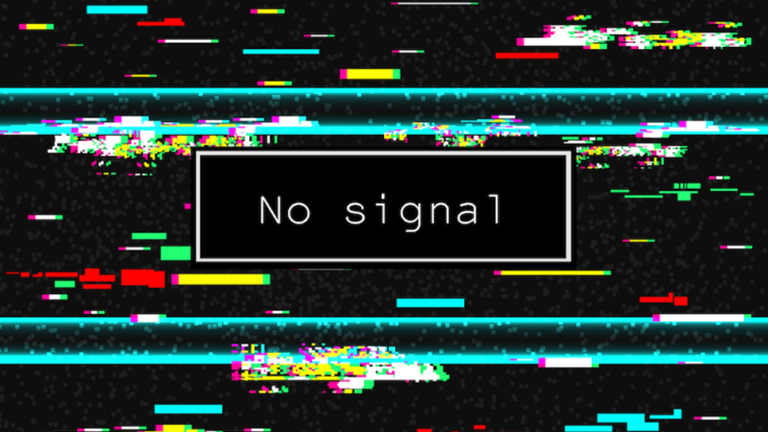
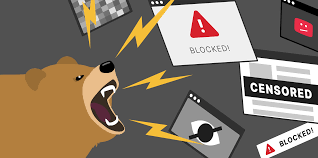
Digital Divide
Interaction between humans and computers has greatly increased in the twenty-first century. The ability to access computers and the internet has become increasingly important to immerse oneself in the economic, political, and social aspects of not just America, but of the world. Unfortunately, not everyone has access to this technology. The idea of the "digital divide" refers to the growing gap between the underprivileged members of society such as the poor, rural, elderly, and handicapped. This portion of the population has trouble getting access to computers or the internet. The divide is between these people and the wealthy, middle-class, and young Americans living in urban and suburban areas who have access.
Although the number of Americans with access to computers and the Internet continues to soar on a yearly basis, the digital divide also continues to grow at an alarming rate. This gap also continues to widen across already strained economic and racial lines. Widening levels of education seem to magnify the digital divide as well. Households with higher levels of education are increasingly more likely to use computers and the Internet. It has been observed that those with college degrees or higher are 10 times more likely to have internet access at work as than those with only a high school education.
In direct correlation to education, the levels of household income also play a significant role in the widening gap. In a study by the NTIA stated, "In the last year, the divide between the highest and lowest income groups grew 29%" (NTIA Falling through the Net 99). It has been observed that households earning incomes over $75,000 are 20 times more likely to have home internet access than those at lowest income levels and 10 times more likely to have a computer if living in the city or suburban area than in the rural area. Because of lower income levels, poor neighborhoods lack the infrastructure available in affluent areas. Telecommunication facilities are more readily available in wealthier communities and are more attractive for developing companies to plant themselves. Because of this, poverty in poor neighborhoods make it less appealing for investments by outside companies, further aggravating the divide.
